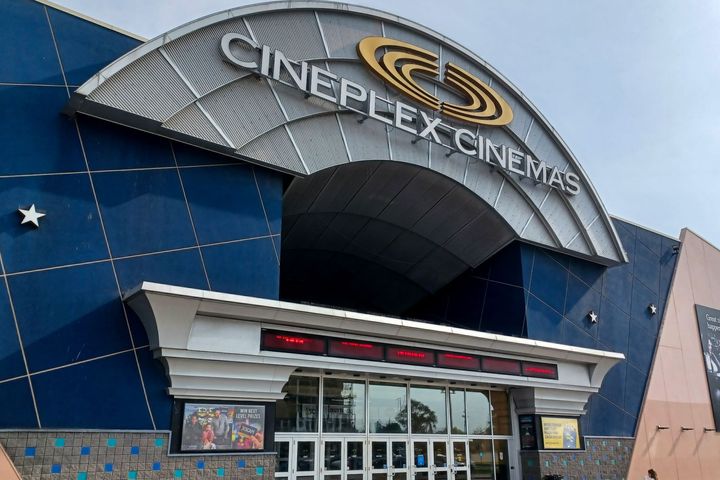Here's why one Toronto bar is choosing to stay open on Christmas Day
While many Toronto businesses will keep their doors closed on Christmas Day, there's one bar that's choosing to stay open — not just to serve festive drinks, but to also provide a safe and welcoming space for the city's Queer community.
Three Dollar Bill is a Queer community hub and bar in Parkdale that has made it a tradition to stay open on Christmas Day.
The bar's owner and operator, Meaghan Murray, explained to blogTO why the bar is choosing to welcome customers on both Christmas Eve and Christmas Day.
"The holiday season is often one of the most challenging times for Queer folks who face returning to families or towns who don't accept their identity and therefore require a soft-landing after these interactions or they decide not to attend at all," Murray said.
"Some folks are not welcome to return to their families of origin unless they compromise who they are. As a dedicated Queer space, we feel that it's a responsibility we have to our community to be open on Christmas so that everyone has a place to come experience the Queer joy and love they may not experience otherwise."
On Dec. 24 from 6 p.m. to midnight, the bar will be serving up cozy festive drinks while screening holiday movies. On Christmas Day, the bar will be open during the same hours, and offer a complimentary buffet from neighbourhood Chinese restaurant, China Island for the second year in a row.
The peak of the celebration will be a tinsel-tickling drag performance from artist Gay Jesus. The bar will be closed for a day of rest on Boxing Day.
"The holidays are often lonely and isolating," Murray said. "We wanted to create some of our own holiday traditions that our community can look forward to every year."
Three Dollar Bill is located at 1592 Queen St. W.
Fareen Karim
Latest Videos
Latest Videos
Join the conversation Load comments







